When you crack open that familiar red and white can, you’re holding more than just a refreshing drink. Coca-Cola has a rich and sometimes surprising history that stretches back over 135 years. From its medicinal beginnings to becoming a global icon, this famous soda has stories that most fans never hear about. Let’s explore some of the most fascinating secrets behind America’s favorite fizzy drink.
1. The Original Recipe Contained Real Cocaine
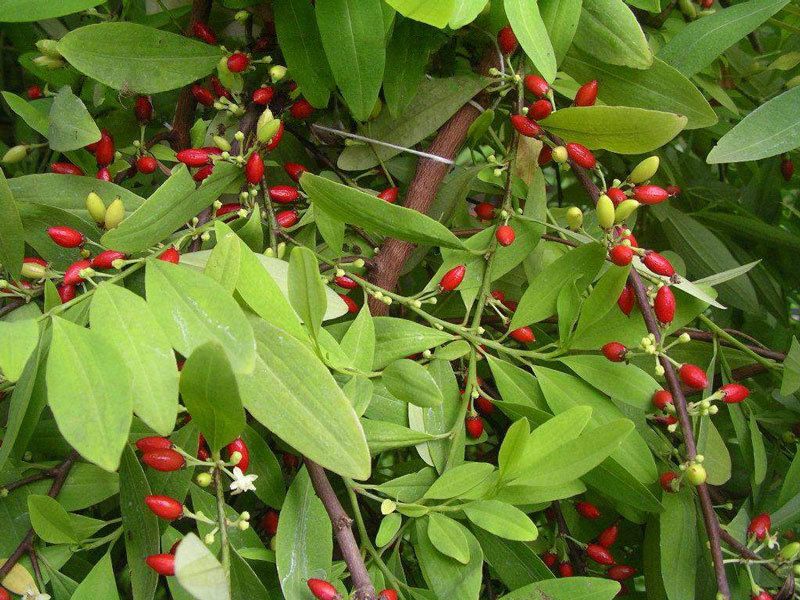
The original Coca-Cola formula wasn’t just named after the coca leaf – it actually contained cocaine! When pharmacist John Pemberton created the drink in 1886, cocaine was legal and commonly used in medicines.
The amount was tiny (about 9 milligrams per glass), but enough to give drinkers a little buzz. By 1903, the company removed most of the cocaine as public attitudes changed, but the drink still contained some coca leaf extract.
Coca-Cola didn’t become completely cocaine-free until 1929, over four decades after its invention.
2. Only One Company Can Legally Process Coca Leaves in the US
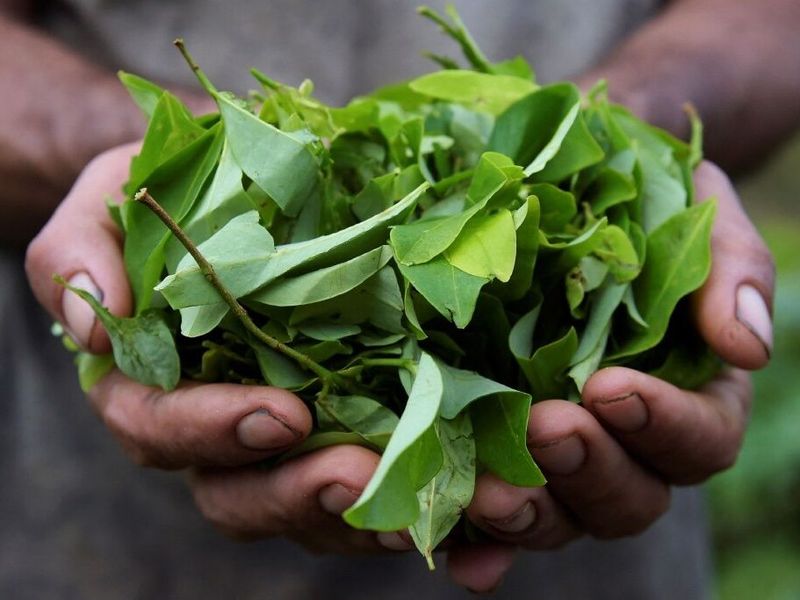
Stepan Company in New Jersey holds a unique government permission slip. They’re the only business in America allowed to import and process coca leaves, the plant used to make cocaine.
Working under strict DEA supervision, they extract the cocaine for medical purposes and sell the leftover coca leaf extract to Coca-Cola. This arrangement has existed since the 1920s.
Without this special relationship, Coca-Cola couldn’t maintain its signature flavor while staying on the right side of drug laws.
3. The Famous Red Color Was Born from Practical Necessity
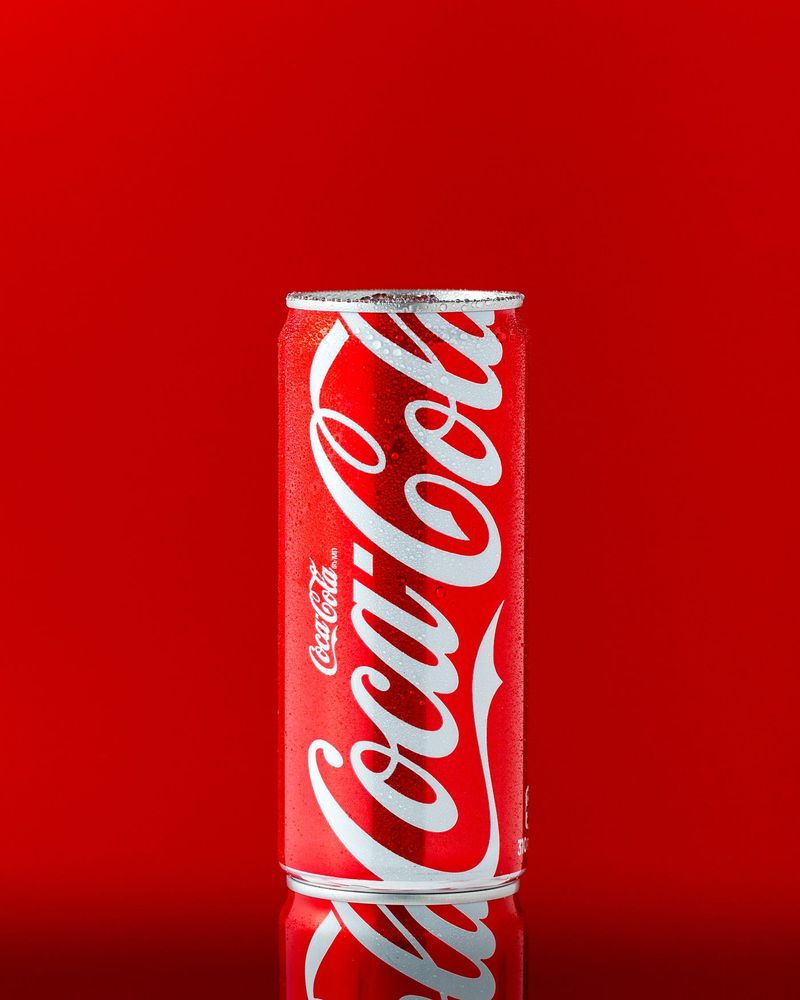
Coca-Cola’s iconic red branding wasn’t originally a marketing decision. In the early days, the company painted their syrup barrels red so warehouse workers could easily tell them apart from alcohol barrels during shipping.
This practical choice happened during Prohibition when being mistaken for alcohol could cause serious legal problems. The color stuck, becoming one of the most recognized brand colors worldwide.
Red has been scientifically shown to stimulate appetite and excitement – a happy accident that worked perfectly for a refreshment company.
4. First Soft Drink in Space
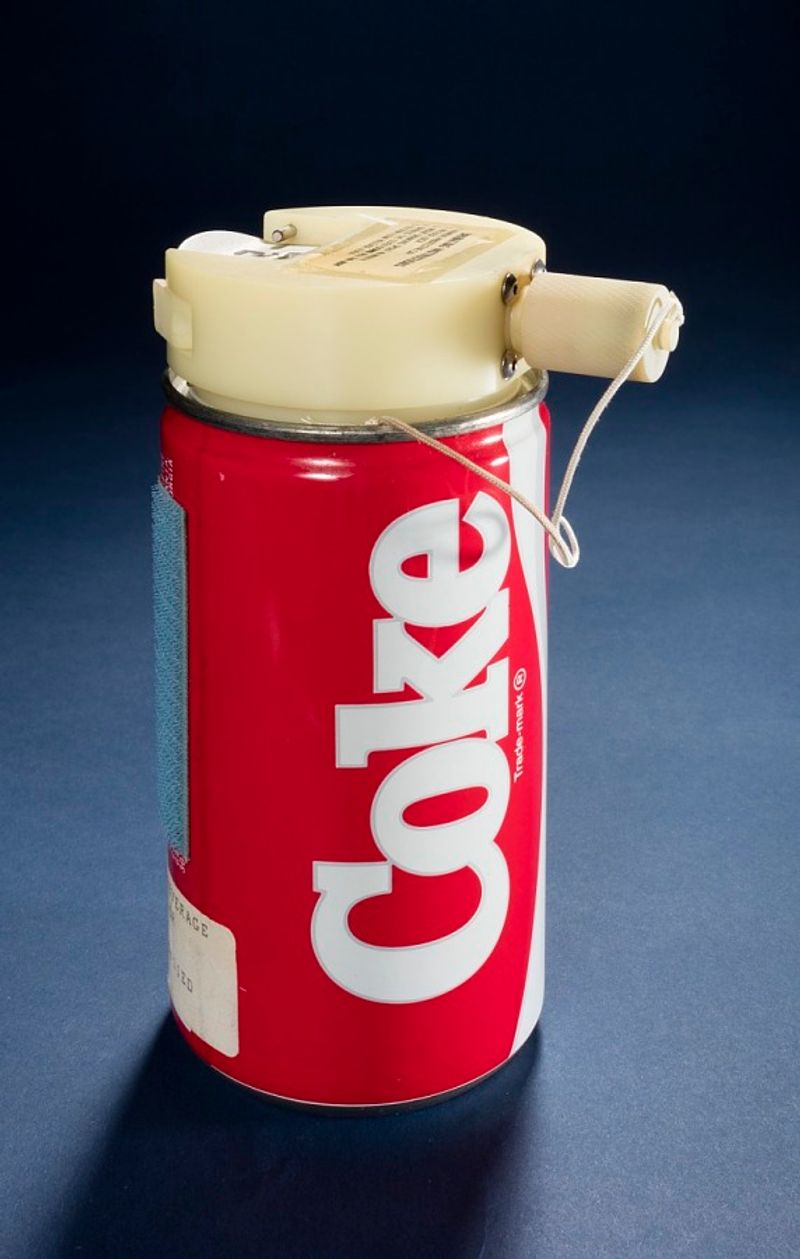
Astronauts aboard the Space Shuttle Challenger made beverage history in 1985. They sipped Coca-Cola from a special space can, making it the first soft drink consumed in zero gravity.
The “Coca-Cola Space Can” cost over $250,000 to develop. Engineers had to solve complex problems involving carbonation, pressure, and surface tension in microgravity environments.
Pepsi was also aboard that mission, turning the space shuttle into another battlefield of the Cola Wars. Astronauts reported that both drinks tasted different in space, with reduced carbonation sensation.
5. The New Coke Disaster That Boosted the Brand
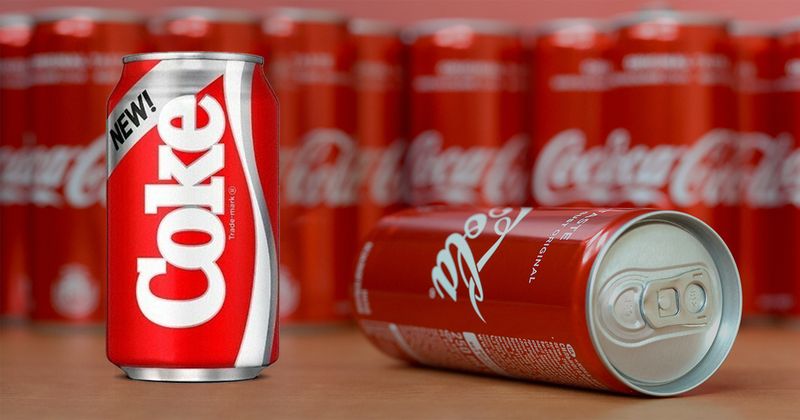
April 23, 1985 marks the day Coca-Cola made its biggest blunder. The company changed its 99-year-old formula to create “New Coke,” triggering massive public outrage.
Angry fans hoarded cases of the original formula and formed protest groups. Just 79 days later, the company brought back the original as “Coca-Cola Classic.”
Surprisingly, this marketing disaster actually helped the company. The uproar demonstrated how emotionally attached people were to the brand, and sales surged after the original formula returned, strengthening customer loyalty for decades.
6. The Secret Recipe Known by Only a Few
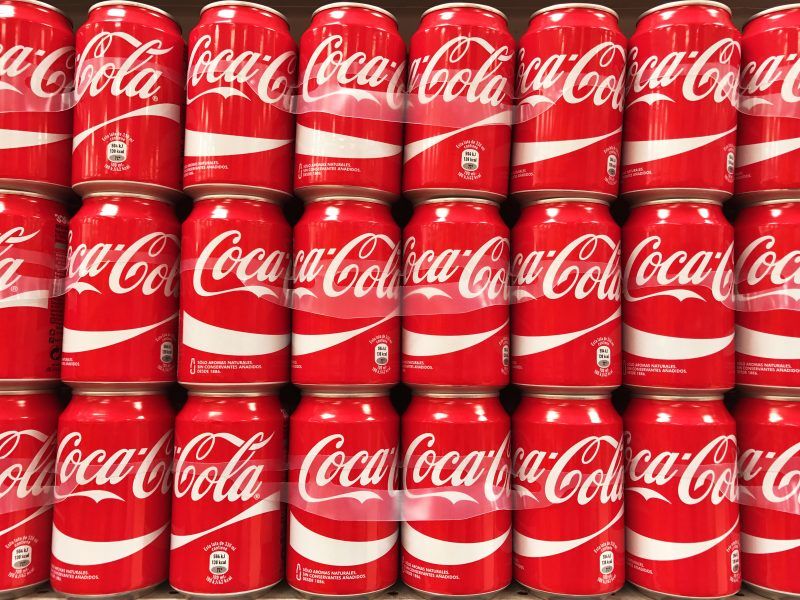
The complete Coca-Cola formula remains one of the world’s best-kept trade secrets. Reportedly, only two executives know the entire recipe at any given time, and their names are never disclosed publicly.
These individuals can’t travel on the same airplane, ensuring the recipe survives if disaster strikes. Parts of the manufacturing process happen at separate locations so no single facility knows the complete formula.
The most mysterious ingredient is “Merchandise 7X,” a flavoring mixture that gives Coke its distinctive taste. Many have tried to replicate it, but none have succeeded perfectly.
7. Santa’s Red Suit Wasn’t Coca-Cola’s Invention
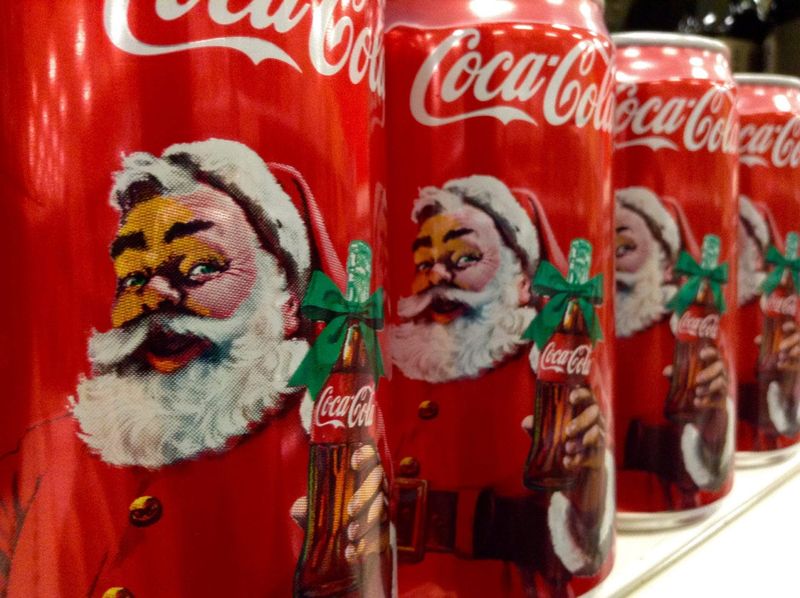
Many believe Coca-Cola created Santa’s red and white outfit to match their brand colors. The truth? Santa wore red long before Coca-Cola’s famous 1931 advertisements.
What Coca-Cola did do was standardize Santa’s image. Artist Haddon Sundblom created warm, realistic paintings of a jolly, red-suited Santa enjoying Coke during winter breaks.
These popular advertisements cemented the modern Santa image in popular culture. Before that, Santa had appeared in various colors including blue, green, and brown, though red was already becoming the dominant color in early 20th century illustrations.
8. The High-Security Vault in Atlanta
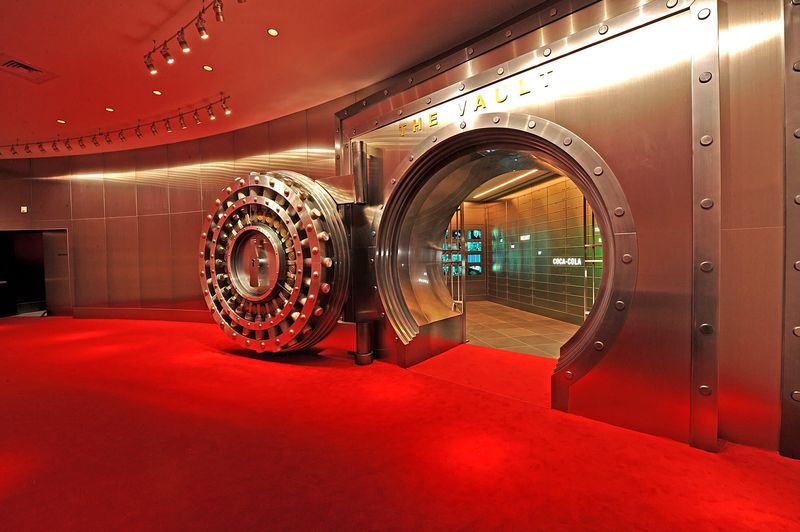
The World of Coca-Cola museum in Atlanta houses a vault that would make bank security experts jealous. Inside this heavily guarded chamber sits the handwritten recipe for the world’s most famous soft drink.
Before 2011, the formula was kept in a bank vault at SunTrust Bank for 86 years. The company dramatically moved it to their own facility with armed guards, retinal scanners, and sophisticated alarm systems.
Visitors can see the vault but not its contents. The recipe paper itself is said to be in an inner box that only a select few have authorization to open.
9. Banned in North Korea and Cuba
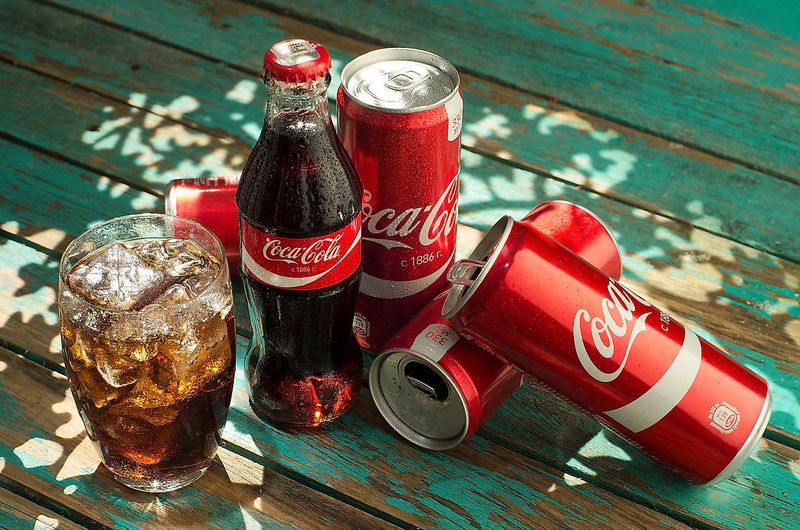
Coca-Cola proudly boasts availability in over 200 countries, but two nations remain officially Coke-free zones: North Korea and Cuba. Trade embargoes and political tensions have kept America’s iconic drink officially off these shelves for decades.
Unofficially, both countries have black markets where Coke smuggled from neighboring nations sells at premium prices. Cuba actually has its own cola brand called “TropiCola,” created when Coca-Cola left after the 1959 revolution.
The situation may be changing slowly. When McDonald’s opened in Cuba in 2019, they served Coca-Cola imported from Mexico, showing small cracks in the long-standing ban.
10. Hollywood’s Surprising Coca-Cola Connection
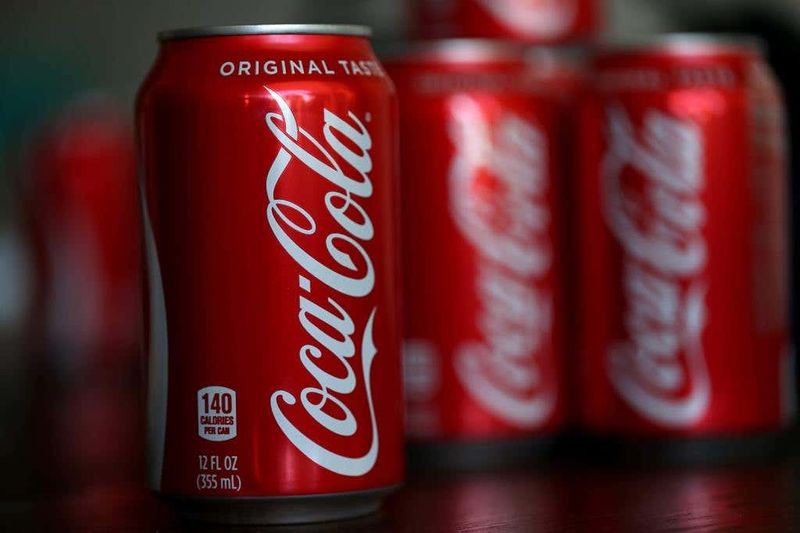
For a brief period in the 1980s, Coca-Cola was in the movie business. The beverage giant purchased Columbia Pictures in 1982 for $692 million, shocking both Hollywood and Wall Street.
During Coca-Cola’s ownership, Columbia released hits like Ghostbusters and The Karate Kid. Sharp-eyed viewers might notice increased Coca-Cola product placement in films from this era.
The soft drink maker sold Columbia to Sony in 1989 for $3.4 billion, making a tidy profit. This strange corporate marriage remains one of the most unusual chapters in both beverage and entertainment industry history.
11. Cold War’s Fizzy Symbol of Capitalism

During the Cold War, Coca-Cola became more than just a drink – it transformed into a powerful symbol of American capitalism and freedom. Soviet citizens couldn’t legally buy Coca-Cola until 1985.
When Pepsi gained access to the Soviet market in 1972, they famously traded soda for Stolichnaya vodka and even Soviet warships. Coca-Cola had to wait until Mikhail Gorbachev’s reforms opened the door.
The fall of the Berlin Wall in 1989 created iconic images of East Germans tasting their first Coca-Cola. The company quickly built massive bottling plants throughout former communist countries, cementing their reputation as freedom’s flavor.
12. The White Holiday Can Confusion
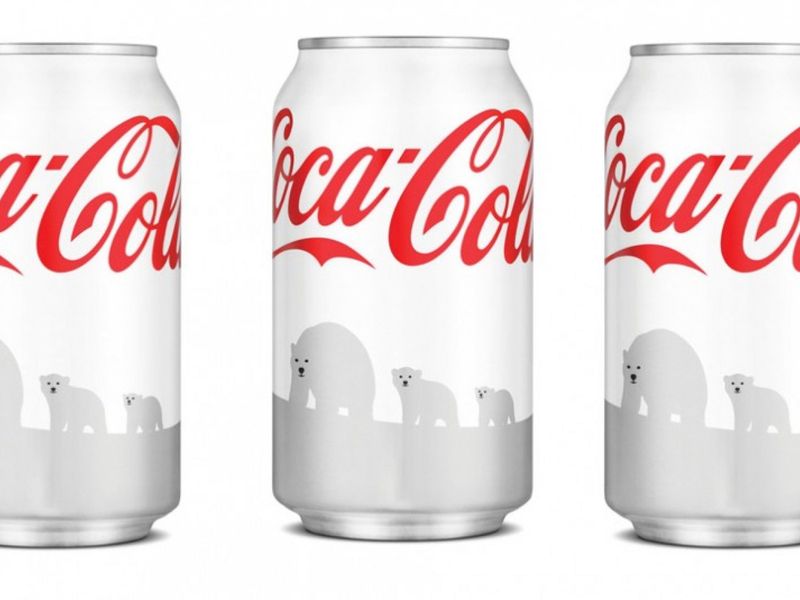
In 2011, Coca-Cola launched special white holiday cans to support polar bear conservation. The festive redesign quickly turned into a marketing nightmare.
Customers complained they were accidentally grabbing Diet Coke (traditionally in silver cans) instead of regular Coke. Some even claimed the soda tasted different in white cans, though the formula remained unchanged.
After just one month, Coca-Cola pulled the white cans and rushed red replacements to stores. The failed campaign demonstrates how strongly consumers associate Coca-Cola with its red branding – even the color affects taste perception!
13. The Coca-Cola Suite in Las Vegas
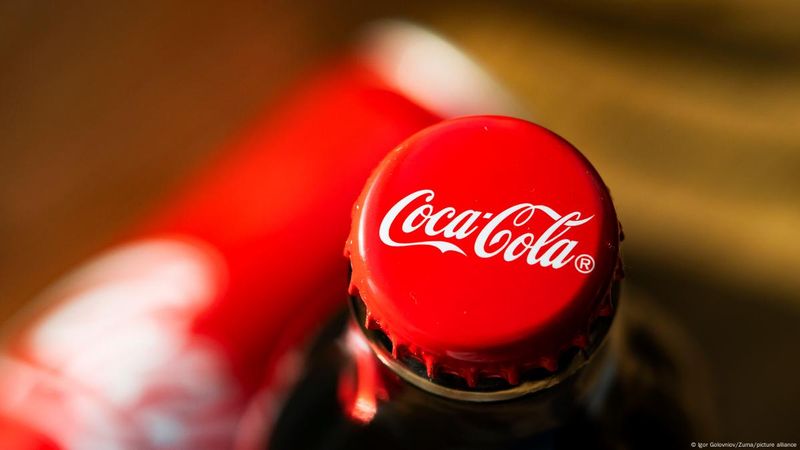
The Coca-Cola brand obsession reaches new heights at the Palms Casino Resort in Las Vegas. For around $1,500 per night, guests can stay in a Coca-Cola themed luxury suite drenched in the company’s signature red and white.
The unique room features Coca-Cola furniture, memorabilia spanning decades, and even a vending machine offering unlimited free Coke products. The bathroom continues the theme with Coca-Cola polar bear towels and branded toiletries.
Designed by basketball star Shaquille O’Neal (a noted Coke enthusiast) in collaboration with the company, this suite demonstrates the brand’s cultural reach beyond the beverage world.
Leave a comment